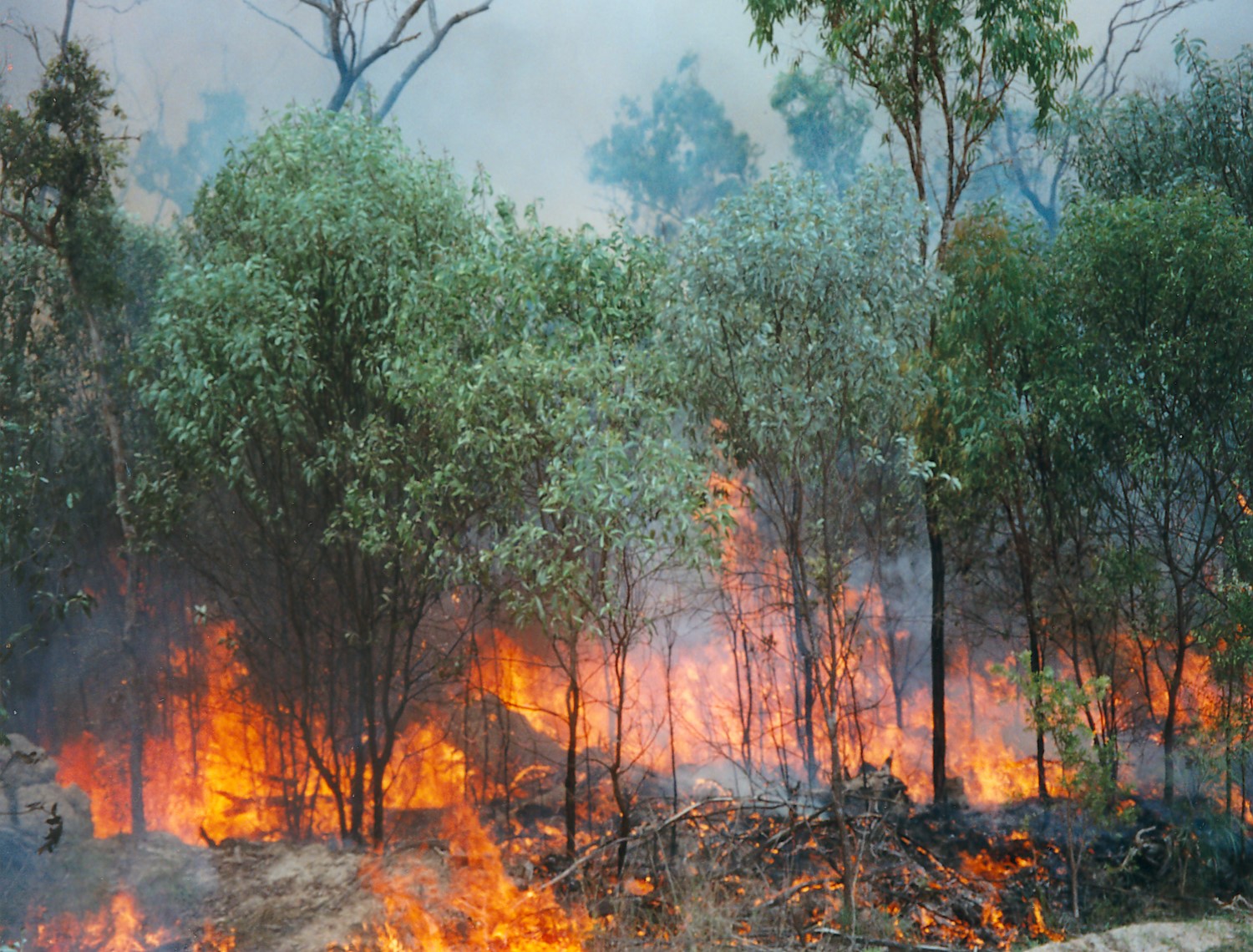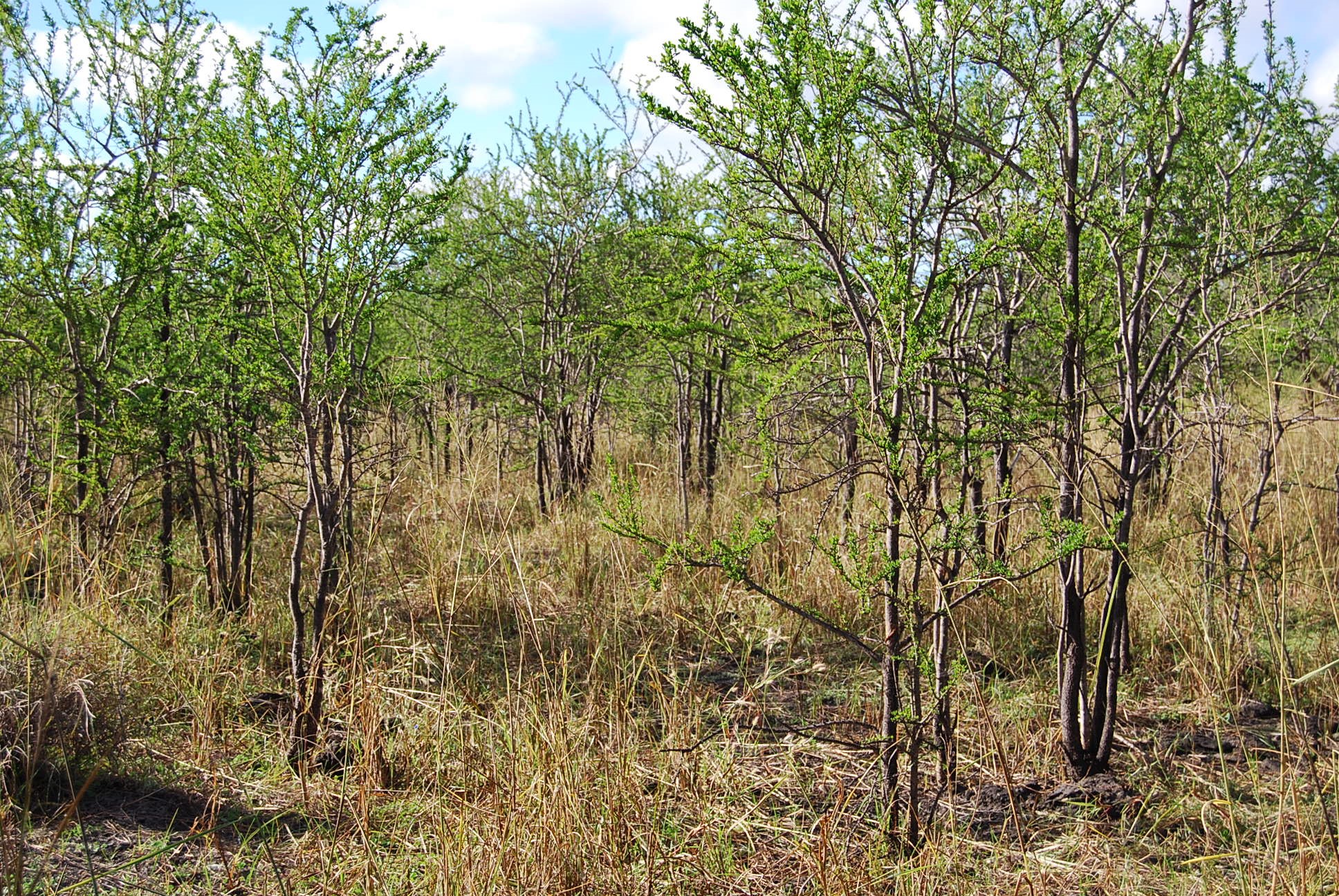Using fire to manage woody vegetation and restore carrying capacities in Queensland’s northern Gulf region

Healthy savannah woodlands and native pastures are a valuable resource for the dry tropics and are critical to the profitability of the extensive beef industry in the northern Gulf region of Queensland.
Long term QGRAZE monitoring sites in the region indicate native timber thickening has doubled between 1991 and 2018, while recently (2003) established land condition sites show a 35% increase in native woody species.

Native woodland thickening, in combination with woody weed (e.g. rubbervine) infestations, substantially reduce pasture production and carrying capacity across many regional land types. Vegetation thickening also hampers cattle management and increases mustering costs.
The most common species associated with thickening across the northern Gulf include:
- Bread fruit (Gardenia vilhelmii)
- Gutta-percha (Excoecaria parvifolia)
- Yellow wood (Terminalia platyptera, T. platyphylla)
- Rubbervine (Cryptostegia grandiflora)
- Wattles (Acacia spp.)
- Tea tree (Melaleuca spp.)
- Cooktown ironwood (Erythrophleum chlorostachys)
- Currant bush (Carissa lanceolata)
- Gum trees/Eucalypts (Eucalyptus spp.)

Managing native woodland thickening is a major challenge for beef producers as: (i) mechanical treatment is not permitted and mostly unaffordable for grazing-only purposes, particularly on the less-productive land types (ii) tree competition on some land types has reduced pasture yields to the extent where there is insufficient fuel loads for effective burning, and (iii) the growth of some thickening species is significantly advanced and makes control with fire less effective.
 However, the reintroduction of fire remains the most affordable option on land types with adequate fuel loads, and where the growth of thickening species is less advanced. Practical tips to maximise the benefit of a fire event include:
However, the reintroduction of fire remains the most affordable option on land types with adequate fuel loads, and where the growth of thickening species is less advanced. Practical tips to maximise the benefit of a fire event include:
- Understand the purpose of burning a paddock and plan a burning strategy to be applied over several years. Identify the problem woody species and their susceptibility to fire. Is fire an option and what fire frequency is needed to manage the problem? Problem species under two meters tall will be more susceptible to fire damage.
- Accumulate adequate fuel loads for the fire intensity required. A fuel load of at least 1500 kg/ha of grass will provide the best results. Wet season spelling and/or light stocking is needed to accumulate these fuel loads.
- Plan to burn toward the end of the dry season, or after the first storms.
- Select a day when conditions are ideal—Burning during hot conditions with a reasonable breeze is the most effective for the majority of native or exotic woody species. Fire breaks and back burning are essential to ensure the fire does not escape. Observations of fire effectiveness on some woody species (e.g. rubbervine and Bread fruit following rain) has shown that a slow back burn with a high “residence” time can be a more effective fire compared to a fast-front burn.
- Don’t introduce cattle back onto the burnt area until the 3P (productive, perennial and palatable) native pastures have regrown and set seed (usually 3-4 months after onset of the wet season).
- Don’t burn after Christmas, or in El Niño years when the expectation of a ‘good wet’ is lower.
If you would like further information on this matter, contact your local extension officer.